The Link Between BMI and Joint Health: How Weight Impacts Hip and Knee Joint Longevity
As we’ve heard many times before, maintaining a healthy body weight is crucial for overall health, however the impact of a healthy body weight on specific body parts, specifically the hip and knee joints, is often underestimated. Body Mass Index (BMI), a measure of body fat based on height and weight, along with the measure of relative muscle mass, can significantly affect the health and longevity of these weight-bearing joints. Today, we’ll discuss the correlation between BMI and joint health, with focus on the hip and knee joints, and how weight management plays a crucial role in preserving joint function and longevity.
It is important to note, muscle mass has a great influence on BMI measurements as BMI is factored upon height and weight and does not differentiate between muscle mass and fat mass. Muscle tissue is denser than fat tissue, therefore a person with a high muscle mass, but relatively low fat mass may have a higher weight resulting in a higher BMI measurement. This does not necessarily mean that the individual is overweight or unhealthy. The impact of BMI on weight-bearing Joint Longevity discussed within this article, does not pertain to those of high muscle mass with low fat mass measurements.
The Impact of BMI on Hip Joints
The hip joint is one of the largest weight-bearing joints in the body and is responsible for supporting our body weight during both sedentary activities and when facilitating movement. Studies have shown that a higher BMI is associated with an increased risk of hip osteoarthritis, a degenerative joint disease characterized by the breakdown of cartilage and bone within the joint. This is because the excess body weight places additional stress on the hip joint, accelerating the wear and tear process and increasing the risk of developing osteoarthritis. Maintaining a healthy BMI through a nutrient dense diet and consistent exercise regimen can help preserve joint function and longevity.
The Effect of BMI on Knee Joints
Similar to the hip joint, the knee joint is also susceptible to the effects of excess body weight. Studies have demonstrated a clear link between higher BMI and an increased risk of knee osteoarthritis. The excess weight puts pressure on the knee joint, leading to cartilage damage and inflammation, which are key indicators of osteoarthritis onset. Additionally, higher BMI is associated with an increased risk of knee injuries, such as tears in the ligaments or meniscus, further compromising joint health. By maintaining a healthy BMI, individuals can help protect the integrity of their knee joints, reducing the risk of developing knee osteoarthritis and either delaying the need for a total joint replacement or avoiding one altogether.
The Role of Weight Management in Joint Health
Weight management plays a crucial role in preserving the longevity of the hip and knee joints. For individuals who are overweight or obese, losing even a modest amount of weight can significantly improve joint function.
Maintaining a healthy weight and BMI measurement is especially crucial when looking to qualify for a total joint replacement as BMI is one of the several factors considered when determining a patient’s eligibility for a hip replacement or knee replacement. Although there is not a specific BMI ‘cutoff’ that qualifies or disqualifies a patient, risks such as infections, blood clots, and anesthesia complications, exponentially increase in those with higher BMIs. Generally, a BMI below 40 is preferred as qualification for a total joint replacement to reduce these risks.
The decision to move forward with a hip or knee replacement surgery is inevitably up to the individual and their orthopedic specialist who will complete a comprehensive evaluation of the patient’s overall health, the severity of joint damage, pain during daily activities, and functional limitations. If recommended to reduce one’s BMI measurement, a combination of regular physical activity, such as low-impact exercises like swimming or cycling, or resistance training combined with a nutrient dense diet can help individuals achieve and maintain a healthy BMI, reducing the burden on their joints and maintaining joint health for the long run.
To schedule an appointment with one of our Board Certified and Fellowship Trained specialists, give us a call at 719-632-7669 or visit us at www.CSOG.net to learn more.
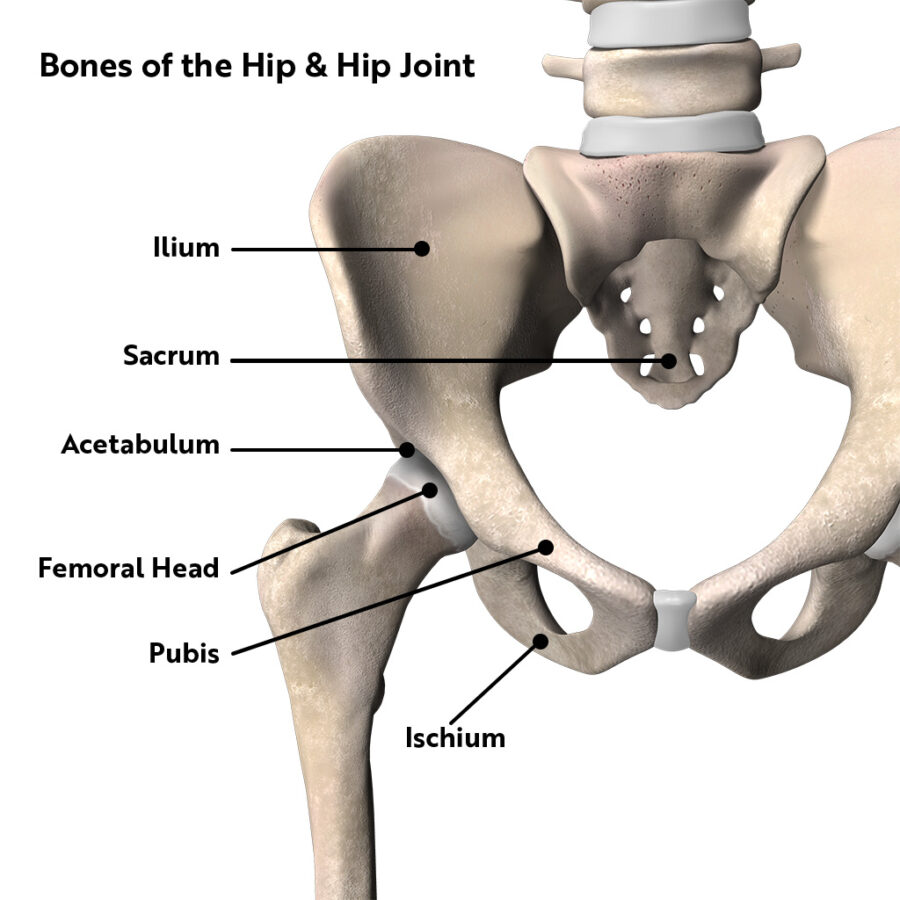
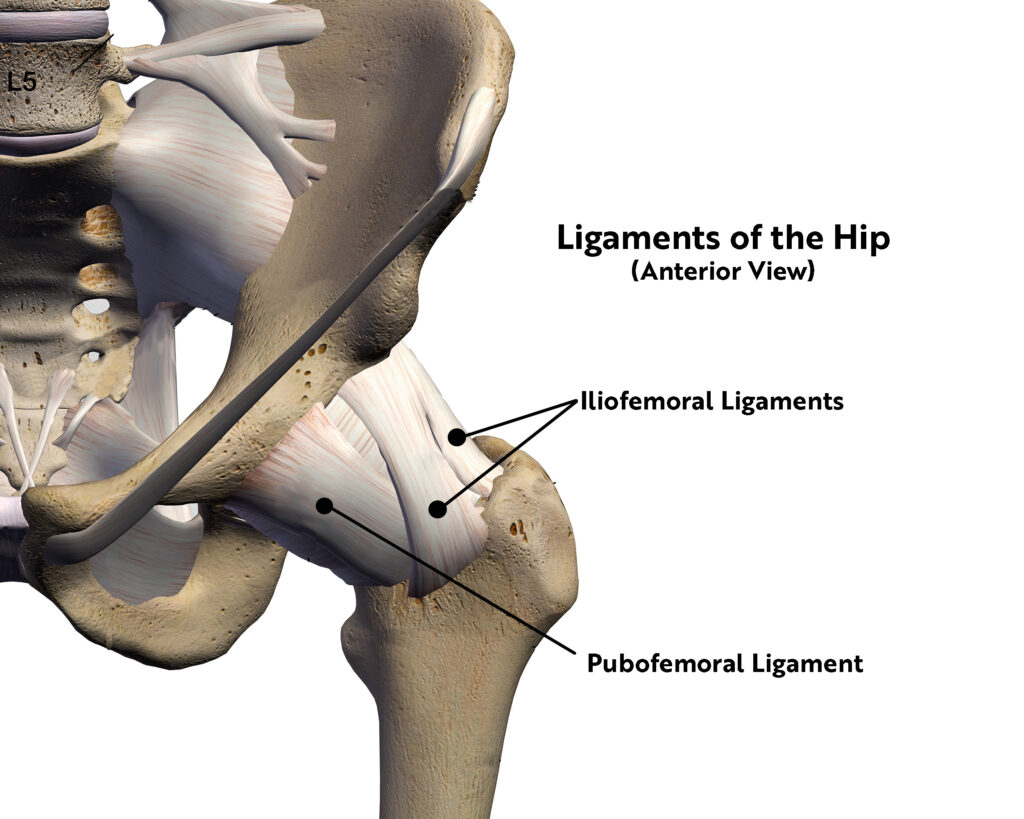
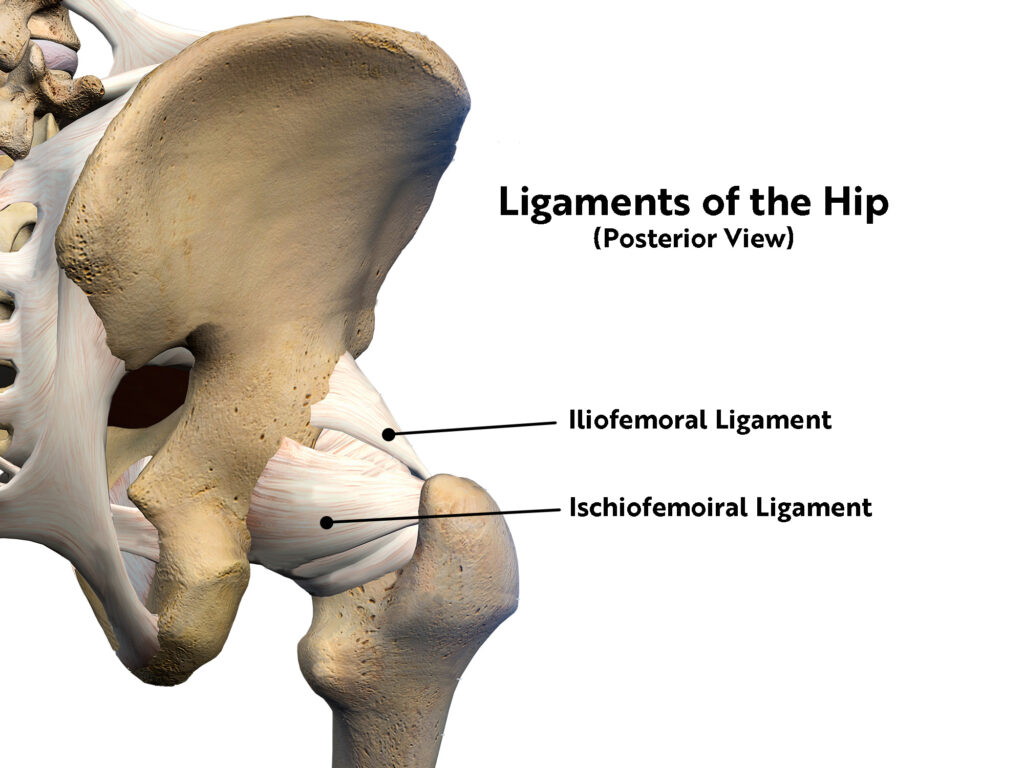
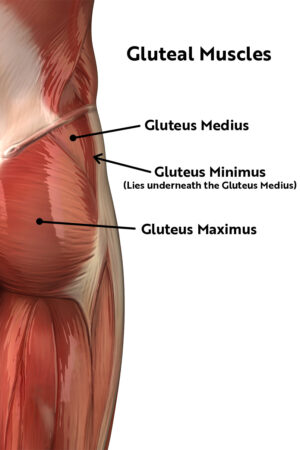
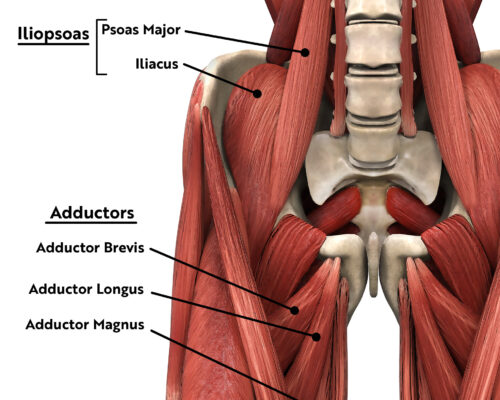



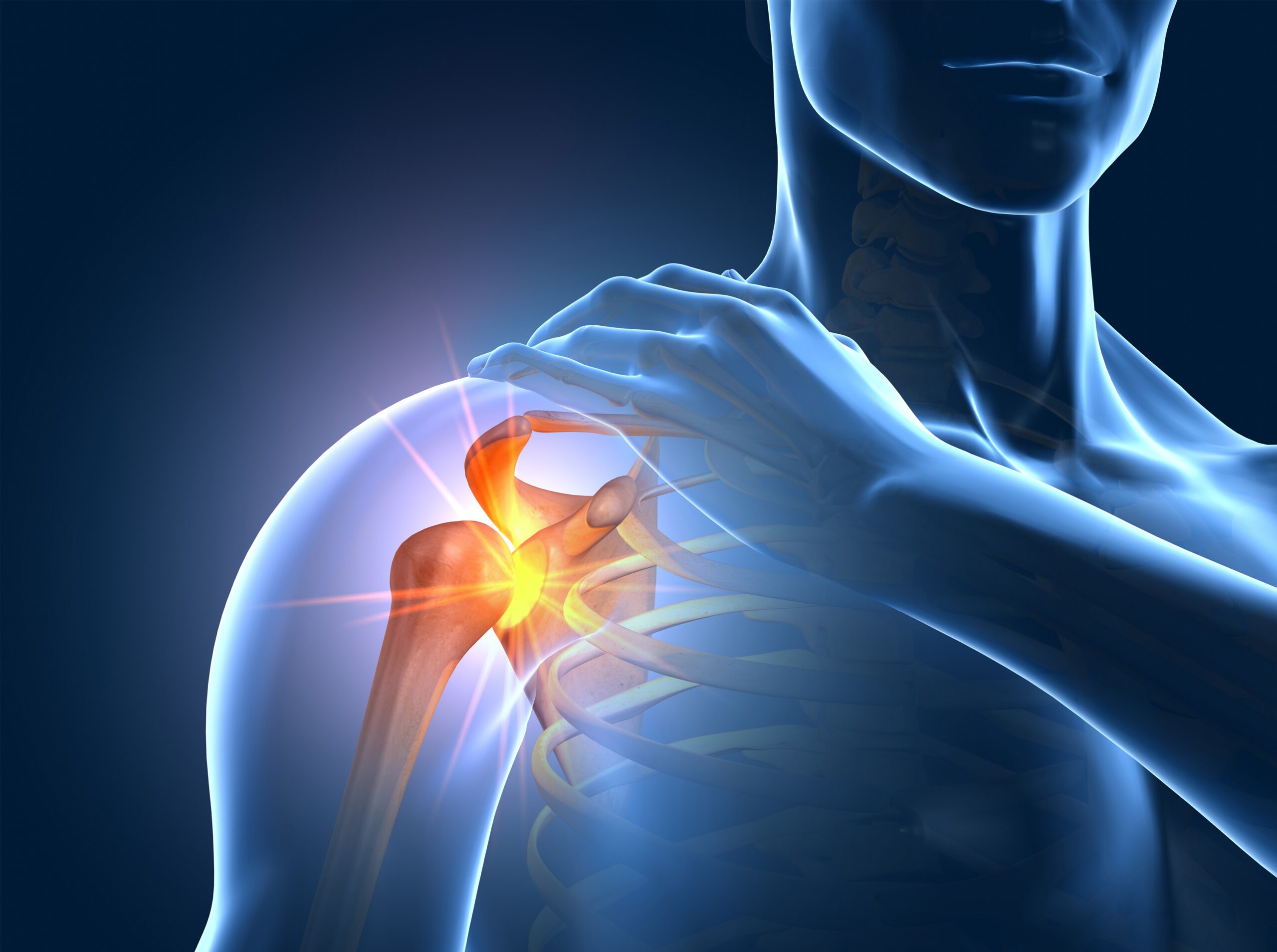
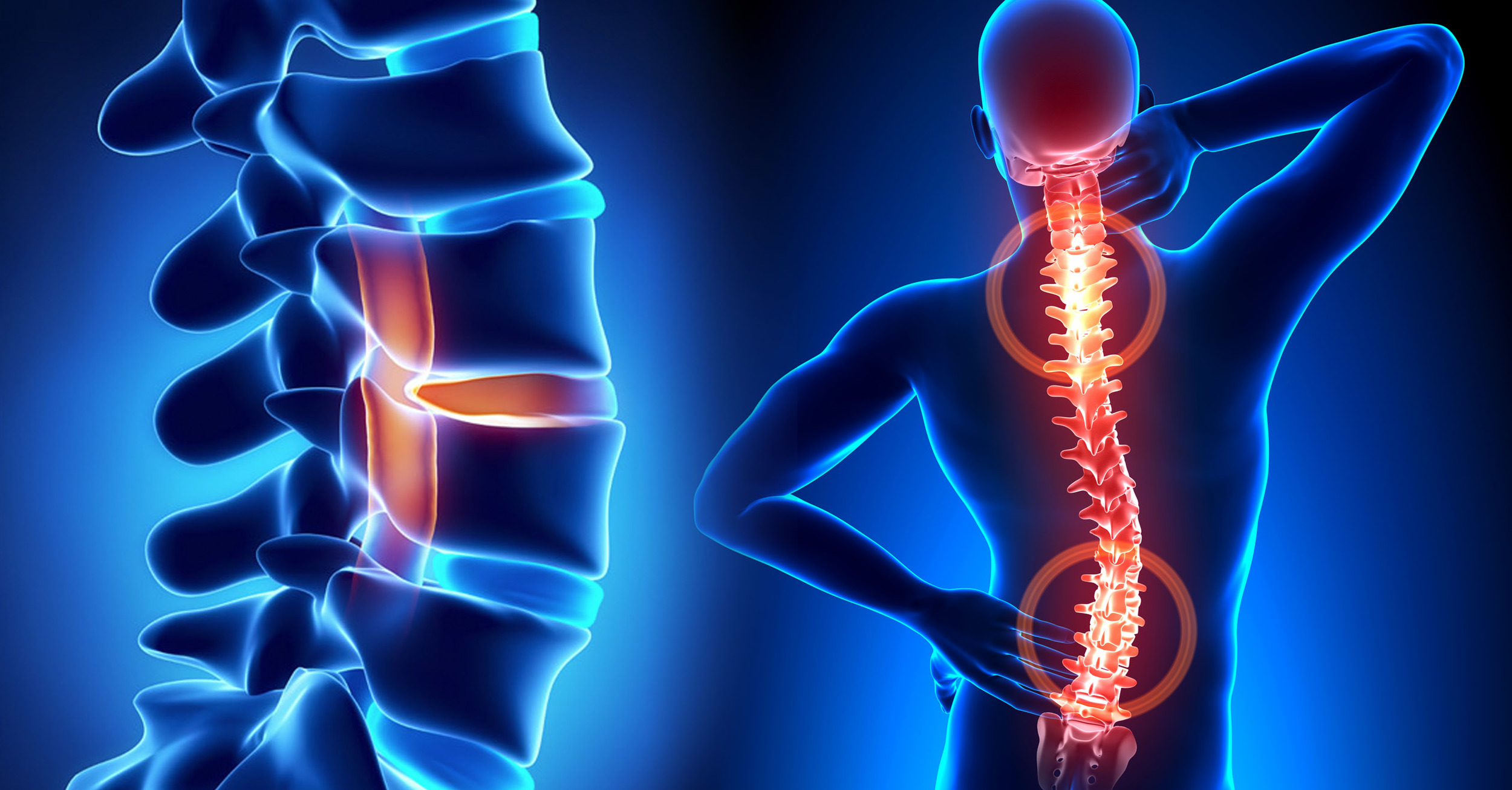


 The exact reason positive thinkers tend to have better surgical healing outcomes is still not completely understood. Scientists do however, have a few theories to explain the benefit of positive thinking:
The exact reason positive thinkers tend to have better surgical healing outcomes is still not completely understood. Scientists do however, have a few theories to explain the benefit of positive thinking: Protective gear is the first line of defense in preventing injury for kids playing sports. Of course that gear will be different depending on what sport your child plays. Protective gear may include:
Protective gear is the first line of defense in preventing injury for kids playing sports. Of course that gear will be different depending on what sport your child plays. Protective gear may include:
 Your daily routine may feel like it’s controlling you. It’s the long list of tasks you must complete every day from getting the kids to school, to going to work, then making dinner and getting everyone to bed. If you are mindful about the simple steps in this process, you can turn your routine into a ritual that you control. When you create daily rituals, you allow the small steps in your day to take on greater significance. This can add happiness and meaning to your daily life.
Your daily routine may feel like it’s controlling you. It’s the long list of tasks you must complete every day from getting the kids to school, to going to work, then making dinner and getting everyone to bed. If you are mindful about the simple steps in this process, you can turn your routine into a ritual that you control. When you create daily rituals, you allow the small steps in your day to take on greater significance. This can add happiness and meaning to your daily life. Bicycles are considered vehicles in most states, and rules apply for safely operating bikes in the same way they do to cars. In order to avoid accidents or injuries follow these tips.
Bicycles are considered vehicles in most states, and rules apply for safely operating bikes in the same way they do to cars. In order to avoid accidents or injuries follow these tips. Weight gain: more time in front of a screen translates into less physical activity
Weight gain: more time in front of a screen translates into less physical activity When you first start lifting, you’re better off having slightly too little weight rather than too much. Experiment when doing your workout and see what weight size feels comfortable. It should be somewhat difficult to complete the last few reps of your final set of lifts. Your arms or legs may shake with the effort, but you should not feel sharp pain.
When you first start lifting, you’re better off having slightly too little weight rather than too much. Experiment when doing your workout and see what weight size feels comfortable. It should be somewhat difficult to complete the last few reps of your final set of lifts. Your arms or legs may shake with the effort, but you should not feel sharp pain.
 Most of the positions you can hold your phone in are not good for your muscles. This is why developing smartphone hand pain is so common in today’s times. When using your phone, try to keep your wrist straight as much as possible. You can do this by texting with once hand rather than using both thumbs. Another method would be setting your phone on a flat surface while you type.
Most of the positions you can hold your phone in are not good for your muscles. This is why developing smartphone hand pain is so common in today’s times. When using your phone, try to keep your wrist straight as much as possible. You can do this by texting with once hand rather than using both thumbs. Another method would be setting your phone on a flat surface while you type.
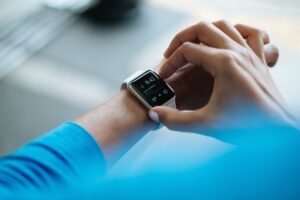 Whether you have an Apple Watch or some other variety of smart watch, this piece of wearable technology can help with physical therapy tracking and goals. Some fitness features included in a smart watch might be:
Whether you have an Apple Watch or some other variety of smart watch, this piece of wearable technology can help with physical therapy tracking and goals. Some fitness features included in a smart watch might be: Will you be able to make your daughter’s wedding the summer after your surgery? Questions like this may weigh on your mind as you schedule your knee replacement. Air travel poses some unique challenges. It often involves lots of walking to and from your gate, sitting in a small seat for several hours, and the added concern of developing a blood clot. Here are some precautions you can take to have a safe and comfortable flight:
Will you be able to make your daughter’s wedding the summer after your surgery? Questions like this may weigh on your mind as you schedule your knee replacement. Air travel poses some unique challenges. It often involves lots of walking to and from your gate, sitting in a small seat for several hours, and the added concern of developing a blood clot. Here are some precautions you can take to have a safe and comfortable flight: A Flexible Spending Account, or FSA, lets you set aside money for medical expenses. Since your employer removes the funds from your paycheck before taxes, you realize the tax savings. You and your employer can add money to the account up to the limits outlined by the IRS. It is important to note that the money in a Flexible Spending Account must be used by the end of the year, otherwise your employer can keep the unused funds. Some employers may let you to pay expenses for the previous two months or roll over $500 to the next year. Each year you must re-enroll in the FSA program. You will also need to:
A Flexible Spending Account, or FSA, lets you set aside money for medical expenses. Since your employer removes the funds from your paycheck before taxes, you realize the tax savings. You and your employer can add money to the account up to the limits outlined by the IRS. It is important to note that the money in a Flexible Spending Account must be used by the end of the year, otherwise your employer can keep the unused funds. Some employers may let you to pay expenses for the previous two months or roll over $500 to the next year. Each year you must re-enroll in the FSA program. You will also need to:





 Alternately, with a fractured finger you may experience:
Alternately, with a fractured finger you may experience:
 With basketball, as well as all sports, prevention of injury is key. To prevent foot and ankle injuries, the player needs the right kind of foot support. A good quality basketball shoe as well as taping up your ankle before a game can go a long way for staying on the court. To prevent hip and thigh injuries, do some good stretching and warming up before the start of every game and practice. For your knees, the best
With basketball, as well as all sports, prevention of injury is key. To prevent foot and ankle injuries, the player needs the right kind of foot support. A good quality basketball shoe as well as taping up your ankle before a game can go a long way for staying on the court. To prevent hip and thigh injuries, do some good stretching and warming up before the start of every game and practice. For your knees, the best